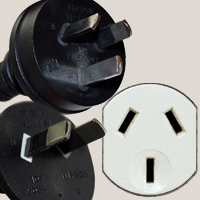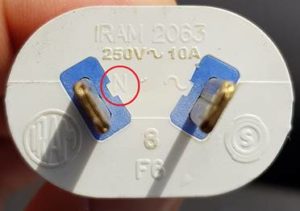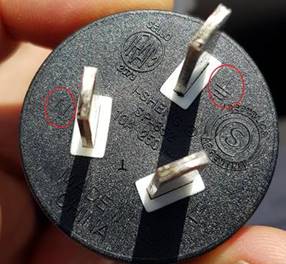Latin America Regulatory Compliance Group
Type Approvals for Latin America and the Caribbean
Latin America Regulatory Compliance GroupLARCG COVERS ARGENTINA
LARCG COVERS LATAM
ENACOM Type Approval in Argentina
ENACOM (Ente Nacional de Comunicaciones), formerly known as AFTIC and CNC, is the telecommunications regulatory agency in Argentina since 2015. Products that using technologies such as radio frequency, cellular, or satellite require ENACOM type approval and certification to be commercialized in Argentina.
Most products require testing in Argentina, and typically one to three samples are needed depending on the device. Modular and system approval may be possible depending on the characteristics of the equipment.
Argentina requires local representation for ENACOM certification. LARCG can provide certification holder services if you don’t have a presence in Argentina.
Argentina has a few restricted frequency bands such as the 800MHz band and some ultra-wide band frequencies.
All products must operate with an IRAM 2074-approved Class I or II plug and IRAM 2073-approved external power supply. Power supplies must operate at 220V 50Hz in Argentina
Contact us to start the approval processProducts requiring ENACOM approval:
- WiFi, Bluetooth devices
- Cellular equipment
- RFID modules
- Portable transceivers
- Wireless gateways
Labeling requirements may apply depending on equipment type.
Key ENACOM resolutions
NOTACNCANEH 7-2013: Defines test requirements for equipment that have at least one Frequency-Hopping Spread Spectrum (FHSS) interface operating in the bands of 902-928 MHz, 2400-2483,5 MHz and 5725-5850MHz, allocated in accordance to Res. SC 302/1998
NOTACNCANEH 14-2013: Defines test requirements for equipment destined for private use that operate in the bands of 902-928 MHz, 2400-2483,5 MHz, 5150-5250 MHz, 5250-5350 MHz, 5470-5600 MHz, 5650-5725 MHz, 5725-5850 MHz
RESOLUTION 82-2015: Defines labeling requirements for products approved in Argentina
RESOLUTION 404-2015: Defines rules and procedures regarding safety certification and entities involved in the process
RESOLUTION 171-2016: Updates requirements defined by Res 508/2015 for certification of low power products in Argentina
For products that do not require ENACOM approval, the agency will provide a No Homologation letter to avoid issues with customs.
Safety
Manufacturing, importation and commercialization of certain products in Argentina require safety approval and certification. Depending on the electrical characteristics of your product, the following safety requirements may apply:
- Formula C Certification (S-Mark)
- Formula B Certification (high specialized equipment)
- IRAM Certification (Instituto Argentino de Normalización y Certificación)
Products that need the S-Mark certificate:
- External power supply
- Equipment with internal power supplies over 50V
- Home appliances
- Switches, sockets and outlets
- Lamps and related elements
Labeling requirements may apply and in-country sample testing may be required.
Argentina Plug Types

Type I plugs can be found in Argentina, Australia, New Zealand, Papua New Guinea and China. The AS/NZS 3112, or type I plug operates at 10 Amps on AC current at 220 – 240 Volts. Type I plugs feature two flat 1.6 mm thick blades, which are vertically offset by thirty degrees. Their centers are spaced 13.7 mm apart and both prongs measure 17.3 mm in length and 6.3 mm in width. The flat grounded blade measures 6.3 by 1.6 mm, and is 20 mm long. The distance between the center of the grounding pin and the middle of the plug is 10.3 mm. A non-grounded version of the type I plug exists; it features two flat V-shaped prongs like its grounded counterpart. Each version of the Type I plug is insulated.
Type C plugs were used in Argentina prior to 1998, and are not permitted anymore.

The neutral “N” marking is required for all plugs (grounded and non-grounded).


The grounding symbol must also be featured on grounded plugs.